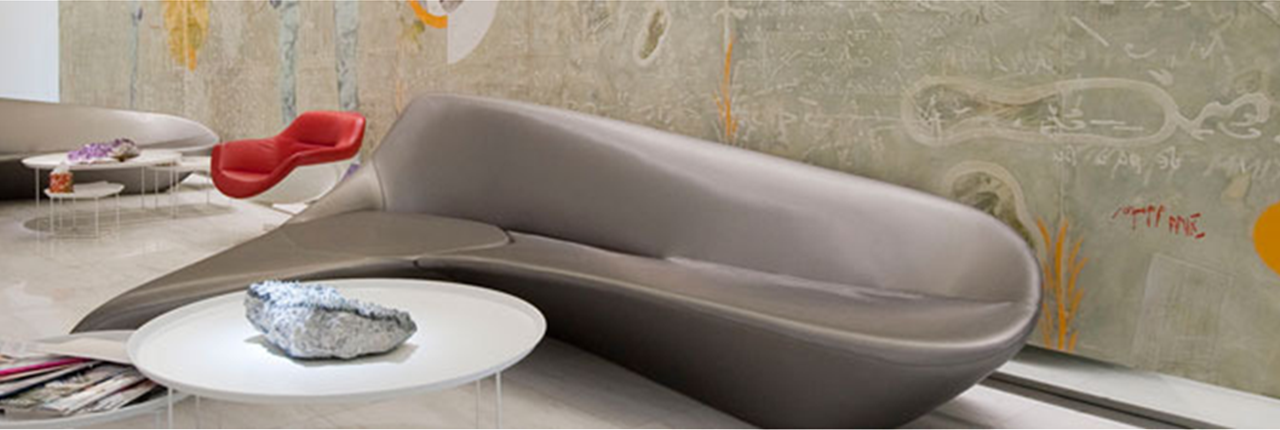BRUXISM-GRINDING (SYNDROM OF THE TEMPOROMANDIBULAR JOINT)
The term BRUXISM describes the continuous teeth grinding and clenching, involuntarily and occasionally. Bruxists often ignore that they have developed this habit and do not know that there is an available treatment, until damages occur to their teeth and mouth. The damage that is caused by bruxism often includes the following symptoms:
-facial pain
-hypersensitive teeth due to tooth wear
-tension in the face and jaw muscles
-headache
-jaw displacement
-destruction of the enamel of the teeth, with exposure of the interior of the tooth (dentin)
-grating sound at the temporomandibular joint
-injury of the interior of the cheek
What causes teeth grinding?
Although this habit is involuntary, oral hygiene specialists blame excessive stress and the personality of the patient as typical causes of bruxism.
How can the teeth grinding problem be addressed?
Research has shown that the upper and lower teeth must touch during the day for no more than 6 minutes. We should avoid postures that create tension to the teeth, such as:
- Placing our hand under our chin.
- At night when we sleep, we must not place our arm under our face, next to the cheek.
- We should avoid the daily use of chewing gums.
- We should not clench our teeth during sleep.
- We should not sleep face down.
There is an exercise you must perform 1-2 times a day, anytime you want: Place your left thumb to your left cheek and your right thumb to your right cheek at the point where the upper and lower jaw are joined & massage this point for 2 minutes continuously, stop for 1 minute and continue for 2 more minutes, and finally put ice on each side and hold it there for 10 minutes.
This exercise will have to become part of your everyday life and you should control the problem during the day.
By strictly following the aforementioned, you will experience a great improvement in 20 days.
How can the dentist improve your teeth grinding?
By the construction of a special splint.
INSTRUCTIONS FOR USE OF THE TEETH GRINDING-BRUXISM SPLINT
For what purpose is the bruxism splint used?
The splint is used for the treatment of muscle dysfunctions and, in general, of disorders of the temporomandibular joints. The most important purpose of the splint is to stabilize the dental occlusion, relieve the temporomandibular joints, relax the chewing muscles and the muscles of the area in general and, finally, to prevent the wear of the teeth in cases of bruxism.
How is the splint used?
The splint will be used for a period, the duration of which can vary from a few weeks to a few months, depending on the type and kind of the discomforts. The splint will be used during the night, but it is possible that it may be required during the day also.
Might I have any problems with the use of the splint?
Although the splint is carefully manufactured, it might cause some minor problems at the beginning of its use. In other words you may feel that the splint is quite big and inelegant in the first days, along with a feeling of nausea or sialorrhea. Due to its construction, the splint may press some teeth which will make you feel a little numb at these teeth, particularly in the morning after the sleep. It is also possible that an unconscious biting of the cheeks is caused. All the aforementioned problems disappear when you start to get used to the splint. However, if despite all of this, the problems continue existing after a few days and are so intense that you cannot use the splint, you should inform your dentist, who will properly adjust the splint.
When in the morning we remove the narthex, we feel that there is something weird about the occlusion (closure) of our teeth, it feels like the teeth cannot match with each other as before. However, this is not weird and should neither worry nor concern us because it is the result of the relaxation that begins to affect the muscles of the area. Usually the treatment with the splint is accompanied by a small adjustment of the occlusion of the teeth for its better stabilization.
How do we take care of the bruxism-teeth grinding splint?
The use of the splint requires a thorough oral hygiene. Before placing the splint in the mouth, the teeth must be very well washed. Although the splint is not used during meals, various bacteria always adhere on it. For this reason the splint must be cleaned every day with a toothbrush and toothpaste.
ATTENTION: You must have the splint with you in every examination that will be performed during the treatment.
Constantinos Laghios, Dental Surgeon-Endodontist, M.S.




